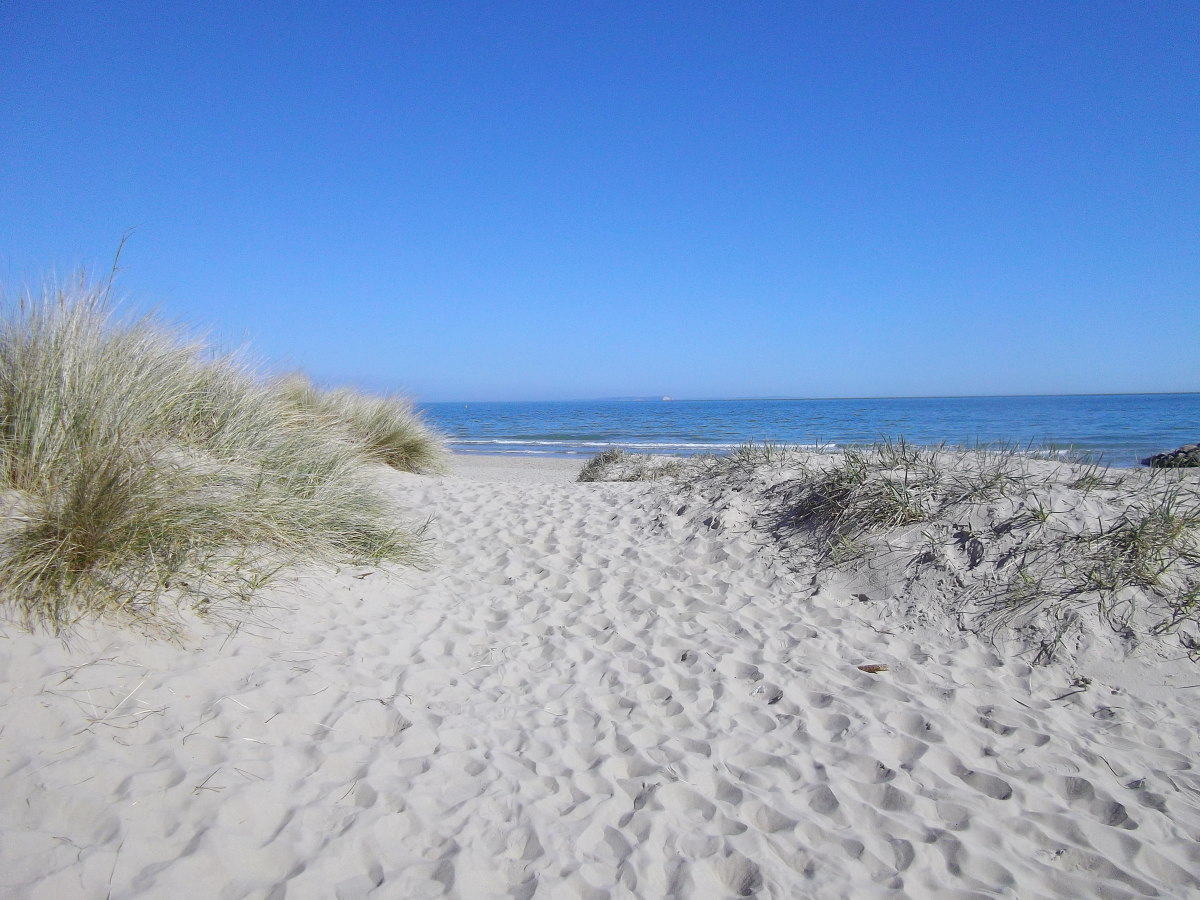Things to do in Amsterdam
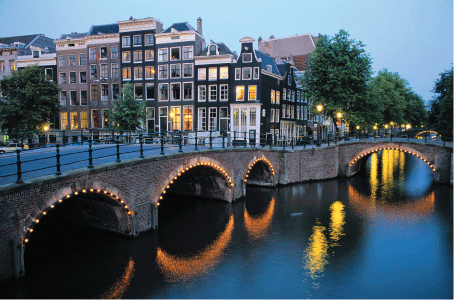
Amsterdam
Mention Amsterdam and some snapshots might come readily to mind: bikes, cheese and hash, for instance. Yes, they’re all there, but there’s more – much more – to this city than cycling off to share a slab of Edam and a spliff with your buddy.
For one thing, it’s a place of clever beauty. Without a single internationally known building, it has looks that make even Paris and London jealous. At its heart are the beautiful Dutch canals and bridges - not for nothing is it called ‘The Venice of the North.’ It has world-class galleries showing off the sensational Dutch art treasures of the past centuries.
It has markets boasting banks of colourful flowers - and not just the tulips for which it’s famous. On top of all that, it has always had a tolerance, a freedom and a welcoming feel that arguably doesn’t exist in any other European capital.One visitor from New Mexico commented: “My only wish for Amsterdam is that it was a secret.I wish few knew of the great atmosphere and I could cherish it all to myself.This city has all the indulgences in life.”Getting to Amsterdam
By Air
Schiphol is the Netherlands’ main international airport and the third busiest in Europe. It’s the hub of the Dutch national carrier, KLM, and more than 100 airlines have direct flights and connections to all continents. Depending upon the departure city, travelers from the United States may have to make a connection through somewhere like Paris or London.
Schiphol is a clean, efficient, award-winning airport and its shopping arcades are renowned. It’s only about 11 miles from central Amsterdam and links to the centre are excellent. The quickest and easiest way to travel is by train. There’s a direct service every 10-15 minutes to Amsterdam central station with a journey time of 15-20 minutes.
A one-way ticket, costing 3.60 Euros, can be obtained from the yellow ticket machines near the platforms at Schiphol Plaza. There’s a variety of bus services and KLM operates a half-hourly service that picks up from selected hotels. Details at www.klm.com. The cab ride into downtown is about 25-30 minutes and the cost between 20 and 40 Euros. Schiphol’s web-site is www.schiphol.nl.
By Train
Train links to the Netherlands are especially good from France, Belgium and Germany. The Dutch Railways website is www.ns.nl. British travellers would have to go first through the Channel Tunnel on Eurostar (www.eurostar.com) to Brussels and then make a connection to Amsterdam. A cheaper way is by the ‘Dutch Flyer.’
This involves a train journey from London to Harwich in Essex, a North Sea ferry crossing to the Hook of Holland and then a train to Amsterdam. Details on www.seat61.com/Netherlands.
By Road
Central Amsterdam's narrow canal-side streets were not built for heavy traffic and driving into the city is strongly discouraged by the authorities. Moreover, there's absolutely no free parking in Amsterdam, the only exceptions are way outside the A10 Ring Road.
Even if it looks like the parking is free because no warning signs are posted, there's certainly an automatic ticket machine in the vicinity and you'd best find it, otherwise a bright yellow wheel clamp (wielklem) will be attached to your car and you'll have to pay to have it removed.
You can easily avoid these potential problems by parking your car in the outer suburbs and entering the city by tram or metro. It’s also possible to buy a daily, weekly or monthly city parking permit.
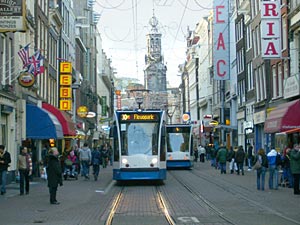
Amsterdam Travel Tips
Language
Dutch is a famously difficult language to master, but here everyone – and we mean everyone – seems happy to speak English … which they do very well.
Currency And Tipping
The Dutch use the Euro, made up of 100 cents. Service is included in the bill in restaurants and cafes, but a modest tip is in order. A good guideline is to round up around 5% to the next roundish number; 10% is considered very generous. As in all other cities around the world, tips are also welcomed by porters, cab-drivers, chamber staff and hairdressers.
Safety
Although violent crime is rare (especially involving foreigners), petty theft is not unheard of. Watch out for pickpockets in crowded markets and trams and use hotel safes where available. Beware of scams perpetrated by apparently well-meaning and well-dressed locals, possibly posing as plain clothes police officers. Cars with foreign registration plates are popular targets for smash-and-grab theft. Don’t leave valuable items in the vehicle, remove registration and ID papers and the radio/CD player if possible. Bicycles are everywhere in Amsterdam and can be quite dangerous for pedestrians. When crossing the street, look for speeding bikes as well as cars. Don’t stray into a bike lane without looking both ways.
Travel
Most public transport within the city is by tram. They may seem old-fashioned, but they’re punctual and efficient. Buses and Amsterdam’s metro (subway) serve some outer reaches. Services are run by the local transit authority, the GVB. It has an information office across the tram tracks from the entrance to Central station. Here you can get tickets, maps and the like. If you can’t make it there, the website www.gvb.nl has lots of useful information including details of how to reach key sights in town.
Depending on how much you plan to travel, consider a strippenkaart
(strip-card), available at train and bus stations, post offices, supermarkets and tobacconists. 8 strips costs 6.40 Euros. The system for stamping and validating the card when you travel is a bit complicated. There is, of course, another option for traveling round the city – the bicycle. Amsterdam has 250 miles of bike paths and there are plenty of rental shops.
Weather
Amsterdam has a temperate maritime climate with cool winters and mild summers. Rainfall is spread evenly through the year, often in the form of seemingly endless drizzle, though between March and May it tends to fall in short sharp bursts. May is a pleasant time to visit: the elms along the canals are in bloom and everything is nice and fresh.
The sunniest months are May to August and the warmest are June to September. Summer can be humid and a bit uncomfortable for some people. December to February is cold, although frosts are not usually severe enough to freeze the canals. When they are, the city comes alive with colourfully-clad skaters.
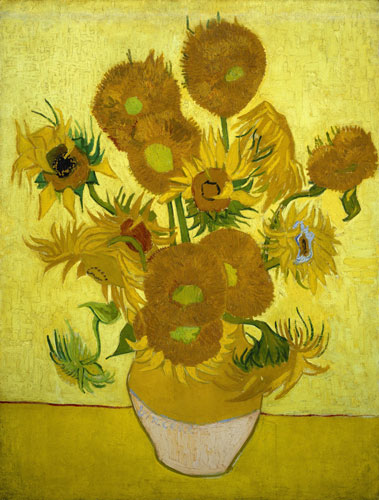
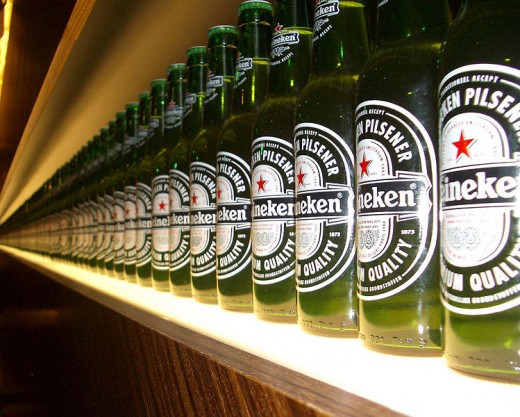
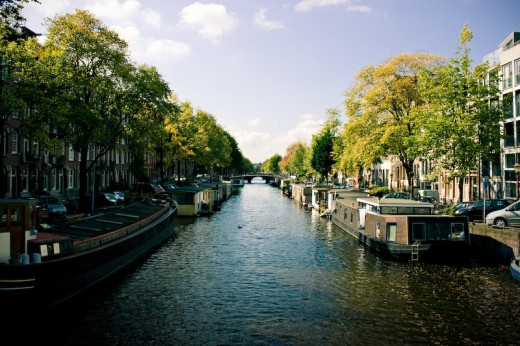
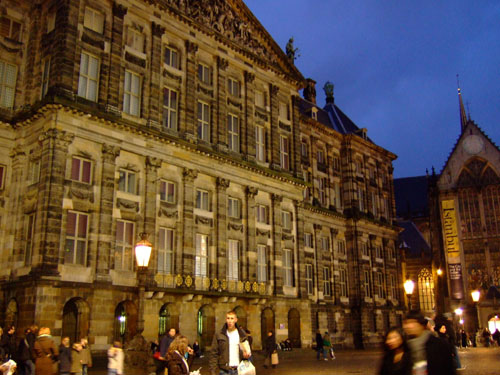
Things to do in Amsterdam
The Rijksmuseum
The largest in the Netherlands, it contains works from the Golden Age of Dutch art – including Rembrandt, Vermeer and Frans Hals.
Van Gogh Museum
A great modern exhibition hall with much of the great man’s life and work on display.
Anne Frank House
Commemorates the girl who hid from the Nazis and became a potent symbol for the atrocities perpetrated against the Jewish people.
The Heineken Experience
The Netherlands is famous for its cool, crisp lager and Heineken is one of the most popular. See it made, have a taste.
The Canals
There are several companies offering boat tours and the evening ones can include dinner. It's a great way to get a different view of the city.
Dam Square
Known by locals as ‘The Dam.’ It’s the central hub of Amsterdam and is thronged night and day by people and pigeons. Also the location for carnivals and festivals.
Bloemenmarkt
The most famous floating flower market in the world. Buy flowers, seeds, bulbs or just admire the view. See some nice pictures at
Begijnhof
A narrow, vaulted passageway leads to this charming garden surrounded by old houses.
Diamond Tour
Amsterdam is famous for its diamond industry and you can see stones being cut and polished on an organised tour.
The Red Light District
Not for the faint hearted, this is the oldest part of the city. It’s crowded and colourful and prostitutes pose in many of the area’s shop-windows.
Eating and Drinking
Even if Amsterdam is not the food mecca that other European capitals are, there’s a great diversity of choice. Italian, French, Indonesian, Thai and Chinese are common, while Japanese, Indian and Turkish have been gaining in popularity. Also, there are some cuisines you may never have tried (such as Surinamese) that may pleasantly surprise you.
One of the best things about dining in Amsterdam is the design of its restaurants. From the sumptuously decorated interiors of the city’s supper clubs to the convivial canal-side cafés, it’s invariably a feast for the eyes as well as the stomach. Amsterdam used to be known as one of Western Europe’s least expensive capitals.
It remains reasonable by comparison with some other places (London and Paris, for instance), but prices have gone up significantly – particularly, say the locals, since the introduction of the Euro. Good places to start your search for restaurants are the Korte Leidsedwarsstraat and Lange Leidsedwarsstraat.
These streets are close to one of the liveliest squares in the city, Leidseplein. Stroll down these streets and discover an enormous variety of restaurants. Spuisstraat also has a good selection of up-market places to eat. Two very good sites containing almost all restaurants in Amsterdam are www.iens.nl and www.specialbite.nl.
Shopping
During the 17th century, Amsterdam was the warehouse of the world, stuffed with imperial riches from far-off colonies and nearby neighbours. The Dutch empire has since crumbled, but its capital remains a shopper’s paradise. In particular, the city’s speciality shops and markets stand out.
There are entire shops devoted to such things as cannabis, Delft ceramics, flower bulbs, clogs, cheese and obscure types of genever (Dutch gin).
There are bargains to be sought in such things as art, music, vintage clothes, diamonds and collectors’ books. The most popular shopping streets are downmarket Nieuwendijk and slightly less low-brow Kalverstraat with department stores and clothing boutiques serving large crowds, especially on Saturdays and Sundays.
Leidsestraat is more up-market, while particularly well-heeled shoppers head for the expensive stores along PC Hooftstraat; antique and art buffs visit Nieuwe Spiegelstraat. The Jordaan area is full of quirky shops and galleries. Also worth a visit are the colourful, bustling Albert Cuypmarkt for clothing and foodand the Negen Straatjes (Nine Streets) where boutiques specialise in everything from clothing to art to chocolates. The biggest flea market is at Waterlooplein and it’s open every day.
Except for Villa Arena, all department stores and shopping malls are situated within a short walk from Dam Square. The main indoor centre is Magna Plaza, a grand 19th century building that’s now home to more than 40 up-scale fashion, gift and jewellery stores.
Night Life
Whatever your scene, chances are that Amsterdam has a way to satisfy it: from cosy bars to wild party nights, intimate jazz pubs and Afro-Latino rhythm houses. And, of course, it’s the gay and lesbian capital of Europe. Given Amsterdam’s wild reputation, it may surprise the first-time visitor that, in the mainstream, the city is very much a café society.
When the Dutch say ‘café,’ they mean a pub and there are a thousand of them in the city. The most historic and famous type is the rather downbeat bruin café (brown café), which may have sand on the floor, while at the other end of the scale are the Grand Cafés, which are spacious with comfortable furniture.
A Coffee shop is a place that is licensed to sell small amounts of cannabis to adults over 18. This should not be confused with a koffiehuis (coffee house) - an espresso bar or sandwich shop which would be likely to take a very dim view of your lighting up a joint on their premises.
Amsterdam offers lots of different bars, pubs, clubs and events in the centre of the city. Hardcore House, Garage, Techno and Lounge are currently most popular, but there are also 70s, 80s and retro parties. Bars in Amsterdam are usually very stylishly decorated, most of them with a lounge influence. Some have a small dance floor, some a small restaurant, and some have live music. Bars are usually open until 3am.
The clubs and discotheques in Amsterdam are as diverse as the city's population. Some have live concerts every week (Melkweg and Paradiso), while at others you can dance to the beats of famous DJs. There’s a dazzling gay nightlife, with many bars and clubs close to the Reguliersdwarsstraat and Halvemaansteeg. There’s no standard dress code in Amsterdam, but ask people what to put on when you decide to go to a special party, club or discotheque.
Amsterdam Weekly is an English-language free cultural paper published every Wednesday. It provides coverage of Amsterdam city life, and an arts and entertainment calendar. It’s online at http://www.amsterdamweekly.nl
BOOM! is a very good free magazine in English available from most hotels and coffee shops. It’s published four times a year, and if you can overlook the blatant adverts for its main sponsor you'll find a wealth of up-to-date information about life in Amsterdam, going out, the best restaurants and a guide to the Red Light District.



